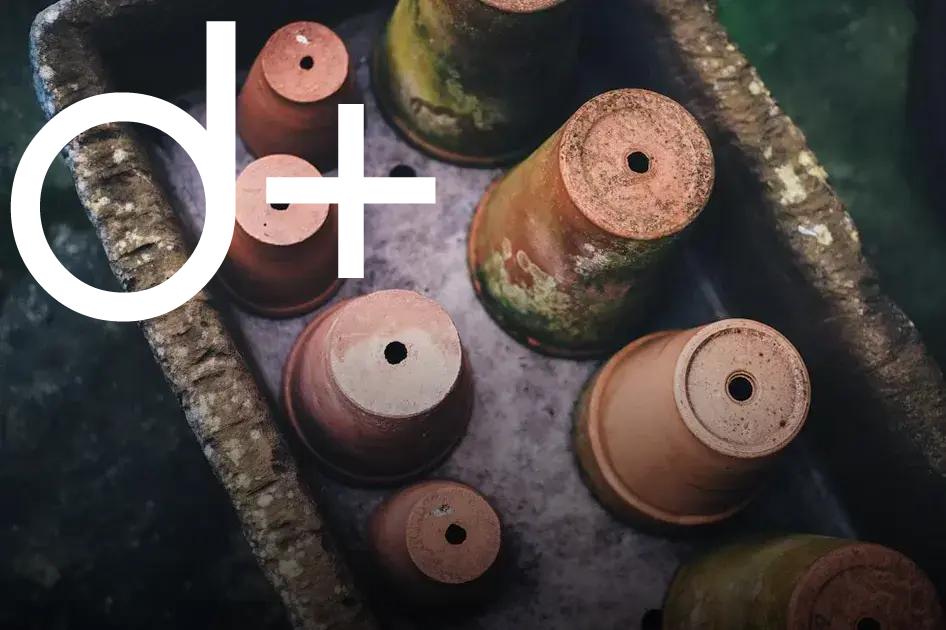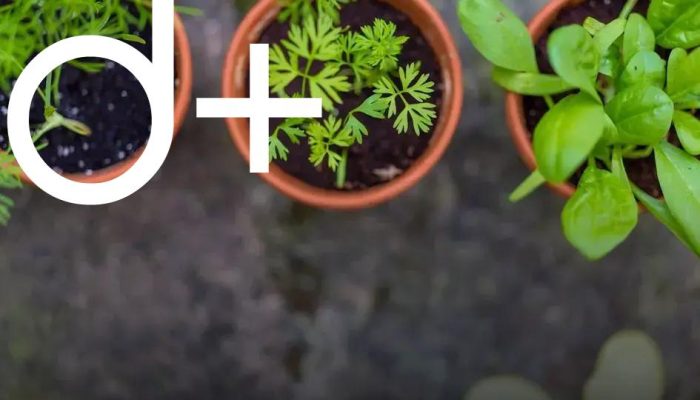Composting at home is a simple and effective way to reduce household waste and contribute to a healthier environment. By starting a compost pile, you transform kitchen scraps and yard waste into nutrient-rich soil. This guide will help you understand the benefits, choose the right system, know what materials to compost, maintain your pile, and use the finished product in your garden.
Benefits of Composting at Home
Enhancing Soil Health: Composting at home significantly improves the health and vitality of your soil. The rich organic matter created through composting acts as a potent soil conditioner. It boosts the soil’s ability to retain moisture and supplies essential nutrients to your plants.
Reducing Household Waste
By composting food scraps and yard waste, you can reduce the amount of waste that ends up in landfills. This reduction in landfill waste minimizes harmful methane emissions, a potent greenhouse gas, contributing to a healthier environment.
Promoting Sustainability: Home composting is an eco-friendly practice that encourages sustainability. It recycles organic matter back into the ecosystem, reducing the need for chemical fertilizers and promoting a balanced local ecosystem.
Saving Money
Composting at home can be a cost-effective way to manage waste. By reducing the need for store-bought fertilizers and minimizing the amount of trash for collection services, you can save a considerable amount of money over time.
Supporting Biodiversity: A compost pile attracts beneficial microorganisms, insects, and worms. These creatures play a crucial role in breaking down the compost and enriching the soil, thus supporting local biodiversity.
Encouraging Healthy Plant Growth
The nutrient-rich compost produced supports robust plant growth. This results in healthier plants, whether they are vegetables in your garden, flowers in your yard, or indoor potted plants.
Choosing the Right Composting System

When you’re starting your composting journey, selecting the appropriate composting system is essential for success and efficiency. There are several types of composting systems to consider, each with its own advantages and requirements.
Backyard Composting
This method involves pile composting or using a compost bin for your organic waste. Pile composting requires an open space in your garden or backyard. You can simply heap your compostable materials in a pile or use a specially designed compost bin to manage the decomposition. This system is great for those with a larger outdoor space and more significant amounts of waste.
Vermicomposting
Utilizing worms to break down your food scraps is an excellent option for those looking for an indoor composting system. Worm bins can be kept under the sink or in a garage, making them ideal for apartment dwellers or those with limited outdoor space. Red worms are commonly used for this process. They can consume food scraps quickly, producing nutrient-rich worm castings.
Tumbler Composting
Compost tumblers provide a contained system that makes it easier to manage the composting process. These insulated containers can be rotated, ensuring proper aeration and faster decomposition. Tumblers are perfect for those who want a mess-free and efficient composting system. They are especially beneficial for quick access to the finished product.
Consider the space available and the volume of organic waste you generate when choosing a system. A system that fits your household’s habits will help you nurture a sustainable lifestyle and contribute positively to the environment.
What to Compost: Dos and Don’ts
- What you can compost: Add a variety of organic materials to your compost pile, including fruit and vegetable scraps, coffee grounds, eggshells, and tea bags. These green materials are rich in nitrogen, which helps break down the compost.
- Include dry leaves, straw, and shredded paper as brown materials, which are rich in carbon and help balance your compost.
- Do chop larger pieces into smaller bits and mix different types of materials to speed up the decomposition process.
- What to avoid: Avoid adding meat, dairy, and oily foods, as these can create odor issues and attract pests.
- Stay away from composting diseased plants or weeds that have gone to seed, as they can spread in your garden.
- Don’t add pet waste or chemically treated wood, as they can contaminate your compost.
Maintaining Your Compost Pile

Regularly turning your compost pile is essential for promoting aerobic conditions, which helps speed up decomposition and reduces odors. Aim to turn the pile every one to two weeks, ensuring it’s well-aerated and mixed. If your pile starts to smell unpleasant, it may be too wet; in this case, add dry materials such as leaves or shredded newspaper to balance moisture levels.
Maintaining the right level of moisture is crucial. The compost pile should feel like a damp sponge—not too dry and not too soggy. If necessary, water the pile sparingly or cover it during heavy rains.
Adding a diverse mix of browns and greens is another key aspect of maintaining your compost pile. ‘Browns’ include carbon-rich materials like dry leaves and wood chips, while ‘greens’ are nitrogen-rich like fruit and vegetable scraps. A proper balance supports effective breakdown and provides the necessary nutrients to the pile.
Another critical aspect is to monitor the temperature of your compost pile. Properly built and maintained piles will heat up as microbes break down the materials. If the temperature drops, it may indicate the need to turn the pile or add more nitrogen-rich materials.
Patience
is a virtue when it comes to composting. Depending on various factors like climate, material balance, and pile management, your compost might take several months to a year to be ready. Regularly check for progress, and you’ll gradually learn the needs of your compost pile for optimal results.
Using Your Finished Compost
Once your compost has transformed into a dark, crumbly texture with an earthy smell, it is ready to use. Incorporating finished compost into your garden is a fantastic way to nourish your plants naturally. Spread a layer of compost on top of your garden beds to enrich the soil. This application not only provides essential nutrients but also improves soil structure, helping it retain moisture more effectively.
For potted plants, mix some compost with the potting soil to enhance plant growth. Compost acts as a great natural fertilizer, supplying plants with the necessary nutrients for healthy development. When planting new seedlings, adding a small amount of compost to the soil can promote better root establishment.
Another great use for finished compost is as a mulch. Apply a layer of compost around trees and shrubs to help suppress weeds and regulate soil temperature. The organic matter in the compost will gradually decompose, adding nutrients back into the soil over time, which is beneficial for plant health.
If your lawn needs a boost, top-dressing it with compost can improve grass health and soil quality. Spread a thin layer across the lawn and gently rake it in to ensure even coverage. This practice enhances soil aeration, encourages earthworm activity, and strengthens the lawn’s root system.
Avoid using compost that is not fully decomposed, as it may contain substances that can harm plants. Remember, the key to maximizing the benefits of compost in your garden and lawn is proper application and timing. With these tips, you can ensure a bountiful and thriving garden using your finished compost.







![BANNER 1 - HOME [QUADRADO]](https://dailyfindinvestment.com/wp-content/uploads/2025/01/BANNER-300-X-300.gif)
